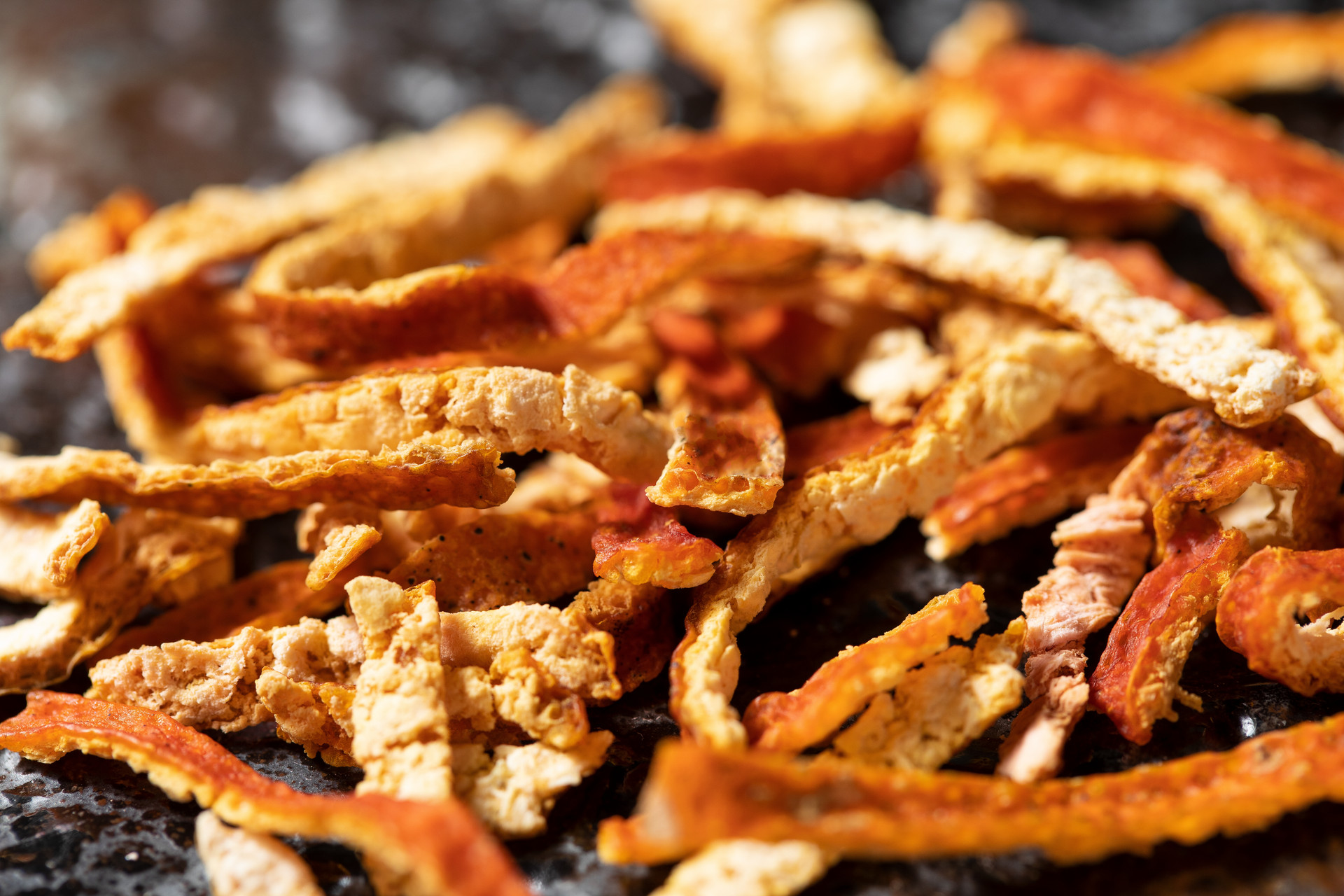Both Forsythia suspensa and Lonicera japonica belong to the Caprifoliaceae family. The appearance of Forsythia suspensa and Lonicera japonica is very similar, and many people have trouble telling them apart. Let's discuss the differences between Forsythia suspensa and Lonicera japonica.
Different Origins
Forsythia suspensa: Forsythia suspensa is made from dried flower buds or partially opened flowers of the plants Forsythia suspensa, Forsythia viridissima, Forsythia ovata, Forsythia suspensa var. fortunei, or Forsythia koreana. It mostly grows by streams, in open fields, or among shrubs.
Lonicera japonica: The correct name for Lonicera japonica is Lonicera, and it is made from dried flower buds or partially opened flowers of the plants Lonicera japonica and other species in the Lonicera genus. It mostly grows on slopes, in sparse forests, among rocks, along footpaths, and on fences in villages.
Different Appearances
Forsythia suspensa: Forsythia suspensa has a straight and slightly curved shape. Its flowers are smaller than those of Lonicera japonica and are green-brown or yellow-white/yellow-brown in color. There are fewer hairs on the flower buds, and when touched, they feel harder.
Lonicera japonica: Lonicera japonica also has a straight and slightly curved shape, with a thicker upper part and a thinner lower part. Its flowers are larger than those of Forsythia suspensa and are mostly yellow-white or green-white in color, which is lighter than that of Forsythia suspensa. There are more hairs on the flower buds, and they feel soft and elastic when touched.
Different Scents
Forsythia suspensa: Forsythia suspensa has a deep and strong scent, with a wide range of fragrances. If smelled for a long time, it may feel sweet and greasy.
Lonicera japonica: Lonicera japonica has a lighter scent than Forsythia suspensa, with a fresh and refreshing fragrance. It does not have a sweet and greasy feeling.
Different Composition Contents
Forsythia suspensa: The main components of Forsythia suspensa are similar to those of Lonicera japonica, including chlorogenic acid and forsythoside A. The average content of chlorogenic acid is 6.196%, with a maximum of 12.00%. The content of forsythoside A is also higher than 0.05%.
Lonicera japonica: The average content of chlorogenic acid in Lonicera japonica is 1.32%, with a maximum of 5.87%, which is lower than that of Forsythia suspensa. The 2010 edition of the Pharmacopoeia of the People's Republic of China has set the content of forsythoside A as the standard for judging whether Lonicera japonica is genuine, with a requirement of no less than 0.05% for forsythoside A content. The current consensus is that the content of forsythoside A in Lonicera japonica is higher than that in Forsythia suspensa.
Different Prices
Forsythia suspensa: The price of Forsythia suspensa is slightly lower than that of Lonicera japonica. Therefore, many merchants use Forsythia suspensa as a substitute for Lonicera japonica. The price of Forsythia suspensa is usually between tens and hundreds of RMB per kilogram.
Lonicera japonica: Lonicera japonica is one of the 70 precious medicinal materials designated by the State Council, and its total production is lower than that of Forsythia suspensa. Therefore, the price of Lonicera japonica is generally slightly higher than that of Forsythia suspensa. Depending on the quality of the medicinal materials, the price is usually between a few hundred to a few thousand RMB.
Which is Better: Forsythia suspensa or Lonicera japonica?
Their medicinal properties are similar, so it is difficult to say which one is better.
Although the 2010 edition of the Pharmacopoeia of the People's Republic of China has completely separated Lonicera japonica and Forsythia suspensa, their descriptions of taste, meridian affinity, and functions and indications, as well as usage and dosage, are almost identical. Both are sweet and cold in taste, belonging to the lung, heart, and stomach meridians. They both have the effects of clearing heat, detoxifying, and dispersing wind-heat. This indicates that Forsythia suspensa and Lonicera japonica can be used interchangeably in clinical medication. Therefore, it is currently impossible to judge which one is better. Both have high medicinal value.












